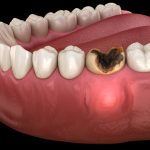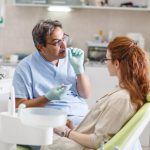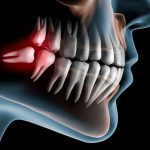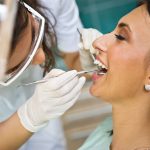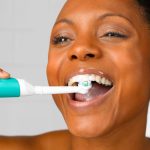Effective Gum Cleaning Techniques for Toothless Mouths
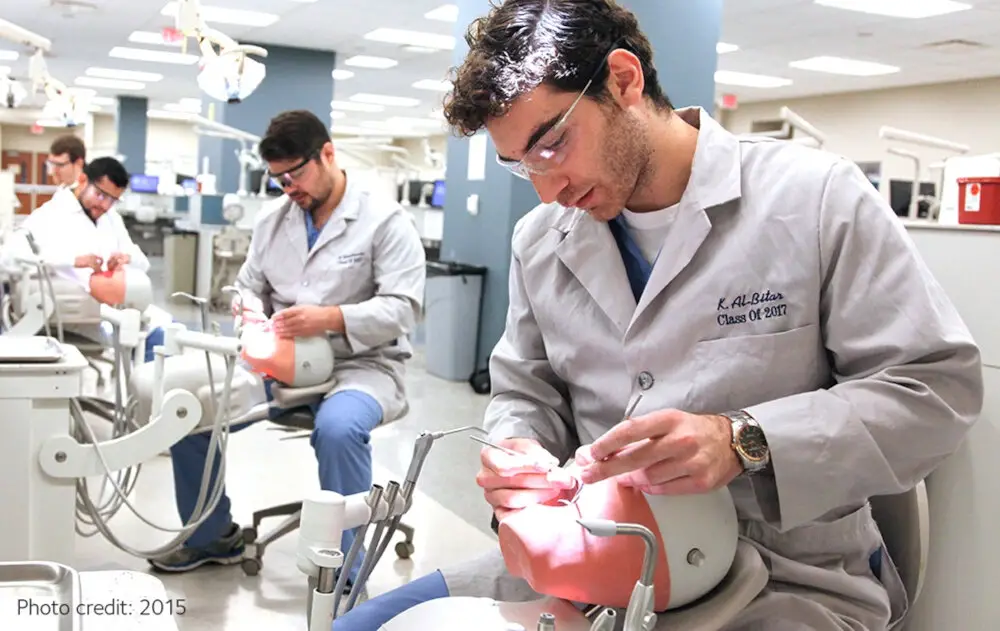
Maintaining good oral hygiene is crucial for overall health, and this includes proper gum care. However, for those who have lost their teeth, taking care of their gums can be a challenge. The lack of teeth can cause gum tissue to become more sensitive and prone to infection, making it essential to develop effective gum cleaning techniques. In this article, we will explore some of the best ways to keep your gum healthy in a toothless mouth. Effective gum cleaning techniques for toothless mouths go beyond brushing your teeth. It requires a thorough understanding of the anatomy of the mouth and the best practices for maintaining gum health. Gum disease is a common problem that can lead to tooth loss, so it’s important to take care of your gums even if you no longer have teeth. From choosing the right tools to implementing the right techniques, there are many ways to keep your gums healthy and prevent complications. Let’s dive into some of the most effective ways to care for your gums in a toothless mouth.
Even for those without teeth, oral hygiene is still extremely important. The gums and tongue can still harbor harmful bacteria that can lead to gum disease, bad breath, and even more serious health issues. Effective gum cleaning techniques, such as gentle massaging and brushing with a soft toothbrush or gum stimulator, can help remove plaque and food particles that can contribute to these problems. Additionally, regular cleaning and care of oral appliances, such as dentures or bridges, is crucial to maintaining good oral health. Taking care of your oral health can improve overall health and well-being, so it is important to prioritize oral hygiene even if you don’t have teeth.
Why Gum Cleaning is Important
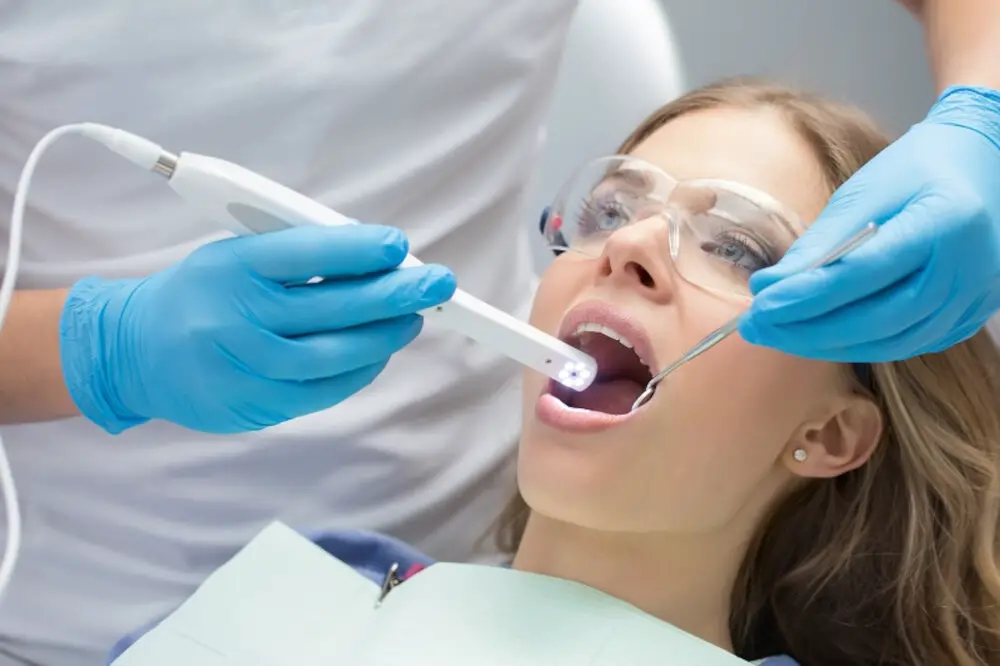
Gum cleaning is an essential process for maintaining oral hygiene and overall health. The gums are the soft tissues that surround the teeth and provide support to them. If the gums are not cleaned properly, they can become inflamed and infected, leading to a range of dental problems. Gum disease is a common condition that affects millions of people worldwide. It can cause bleeding, swelling, and pain in the gums. In severe cases, it can even lead to tooth loss. By practicing effective gum cleaning techniques, individuals can prevent gum disease and keep their teeth healthy. Regular gum cleaning also helps to remove plaque and bacteria from the mouth. Plaque is a sticky film of bacteria that forms on the teeth and gums. If it is not removed, it can harden into tartar, which can only be removed by a dentist. Plaque and tartar can cause bad breath, tooth decay, and gum disease. By brushing and flossing regularly, individuals can remove plaque and prevent it from building up on their teeth and gums. Moreover, effective gum cleaning techniques help to stimulate blood flow and promote healthy gums. By maintaining healthy gums, individuals can reduce their risk of developing gum disease and other dental problems.
Gum disease, also known as periodontal disease, is a serious oral health condition that affects the gums and the surrounding tissues. The disease is caused by the buildup of plaque and tartar on the teeth, which can lead to inflammation and infection of the gums. If left untreated, gum disease can lead to tooth loss and other serious health complications. In addition, gum infections can spread to other parts of the body, leading to serious health problems such as heart disease, stroke, and diabetes. Therefore, it’s important to maintain good oral hygiene practices and seek treatment from a dental professional if you suspect you have gum disease or an infection.
Cleaning your gums is an essential part of maintaining good oral health. Neglecting to clean your gums can lead to a variety of issues, such as gum disease, bad breath, and tooth loss. By regularly cleaning your gums, you can remove any plaque or bacteria that may be present, reducing your risk of developing these problems. There are several effective gum cleaning techniques that can help keep your mouth healthy, such as using an electric toothbrush, flossing regularly, and using antibacterial mouthwash. By incorporating these techniques into your daily oral hygiene routine, you can ensure that your gums remain clean and healthy, preventing potential issues down the line.
Choosing the Right Tools
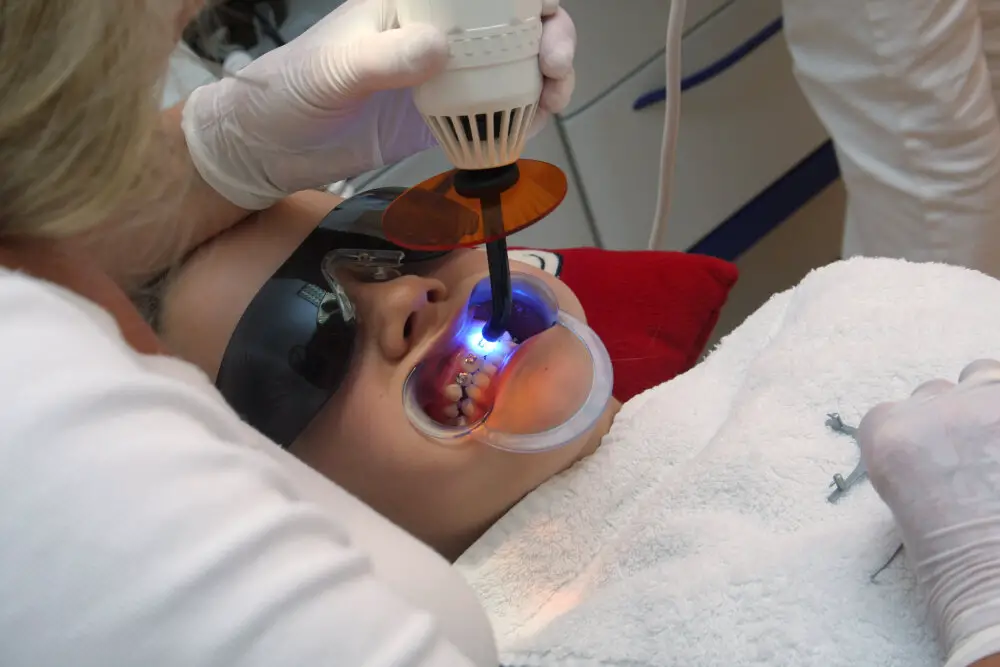
When it comes to effective gum cleaning techniques for toothless mouths, choosing the right tools is essential. One of the most important tools is a soft-bristled toothbrush. Soft bristles are gentle on the gums and can reach into tight spaces to remove plaque and bacteria. It is important to choose a toothbrush with a small head so that it can easily reach all areas of the mouth. When using a toothbrush, it is important to brush gently and thoroughly, making sure to clean all surfaces of the teeth and gums. Another important tool for effective gum cleaning is dental floss. Flossing helps to remove food particles and plaque from between the teeth and along the gum line. It is important to choose a floss that is gentle on the gums and easy to use. For toothless mouths, a floss threader may be necessary to help navigate the floss around any remaining teeth or dental implants. It is important to floss at least once a day, making sure to clean between every tooth and along the gum line. With the right tools and proper technique, it is possible to maintain healthy gums and a clean mouth, even without teeth.
Effective gum cleaning is essential for maintaining good oral hygiene, especially for individuals with toothless mouths. There are various tools available for gum cleaning, each with its unique benefits. A soft-bristled brush is a popular tool for removing plaque and food particles from the gums. A rubber tip stimulator is another versatile tool used for massaging and stimulating the gums, promoting blood circulation and keeping the gum tissue healthy. Water flossers are also effective in removing debris from between the teeth and along the gumline. When used regularly, these tools can help prevent gum disease and keep the gums healthy and strong.
When it comes to effective gum cleaning techniques for toothless mouths, choosing the right tool is crucial. Firstly, consider the type of gum stimulator you need. If you have sensitive gums, opt for a soft-tipped stimulator. If you have more severe gum issues, a firmer tip may be necessary. Additionally, consider the size and shape of the stimulator. If you have a smaller mouth, a smaller tool may be more comfortable to use. Lastly, look for a gum stimulator with a comfortable handle and an ergonomic design that allows for easy use and maneuverability. By considering these factors, you can choose the perfect tool for your individual needs and ensure effective gum cleaning for your toothless mouth.
Techniques for Effective Gum Cleaning
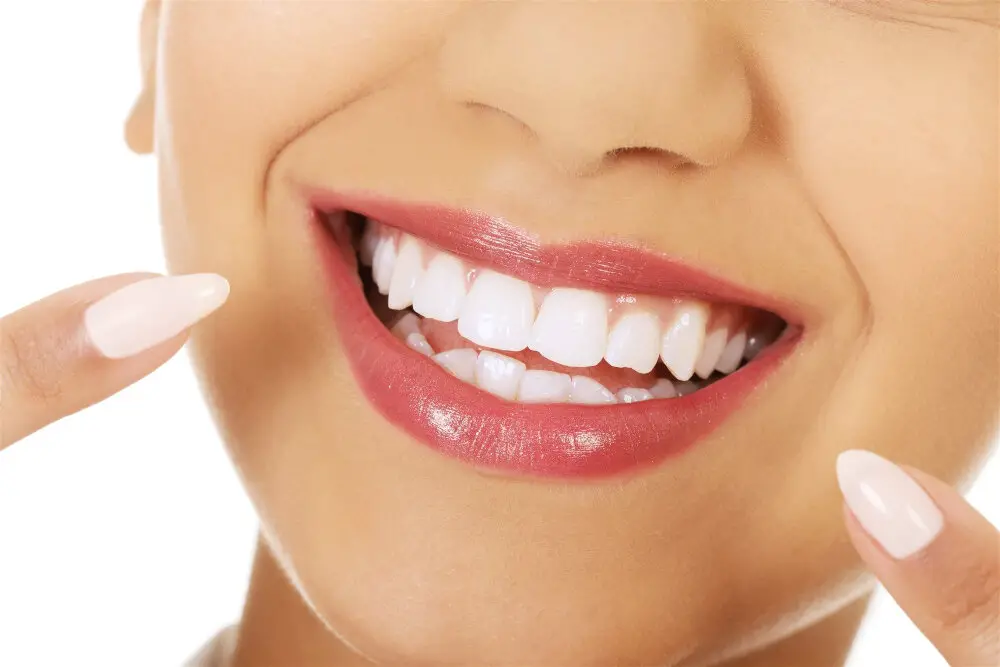
Effective gum cleaning techniques are essential for maintaining good oral hygiene, especially for people who have lost their teeth. Without teeth, the gums are more vulnerable to bacteria and plaque buildup, leading to gum disease and bad breath. The first technique for effective gum cleaning is to use a soft-bristled brush or a gum stimulator to massage the gums gently. This helps to increase blood flow to the gums, removing harmful bacteria and promoting a healthy environment for new gum tissue to grow. It is also recommended to brush the tongue and roof of the mouth to remove any bacteria that may cause bad breath. Another effective technique for gum cleaning is to use a mouthwash that is specifically designed for gum health. These types of mouthwashes contain antibacterial agents that help to kill harmful bacteria and promote healthy gum tissue growth. It is important to use the mouthwash as directed, usually after brushing and flossing, and to avoid eating or drinking for at least 30 minutes after use. Additionally, incorporating a healthy diet and lifestyle can also help to promote gum health. Consuming foods high in vitamin C, such as citrus fruits and leafy green vegetables, can help to strengthen the gums and prevent gum disease. Regular exercise and stress management techniques can also help to reduce inflammation and promote healthy gum tissue growth.
Proper technique is essential when it comes to using the tools for effective gum cleaning in toothless mouths. For the oral irrigator, use warm water and move it in an up and down motion along the gumline to remove food particles and bacteria. When using a rubber tip stimulator, hold it at a 45-degree angle against the gums and gently massage in a circular motion. Floss threaders are ideal for cleaning between teeth and under the gumline. Thread the floss through the loop of the threader, insert it between the teeth, and move it up and down. Lastly, the interdental brush should be inserted between teeth and moved back and forth to remove plaque and debris. The proper use of these tools is crucial for keeping gums clean and healthy in toothless mouths.
When it comes to gum cleaning for toothless mouths, the process can be uncomfortable and even painful at times. However, there are a few tips that can help make the process more comfortable. Firstly, using a soft-bristled toothbrush or a gum stimulator can be less abrasive on the gums. Secondly, using warm salt water as a rinse can provide some relief to sore gums. Thirdly, taking breaks during the process and not overdoing it can prevent further discomfort. Lastly, consulting with a dentist or dental hygienist for additional tips and advice can ensure that the process is as comfortable as possible. By following these tips, gum cleaning for toothless mouths can be a more comfortable and less daunting task.
Additional Tips for Maintaining Oral Health
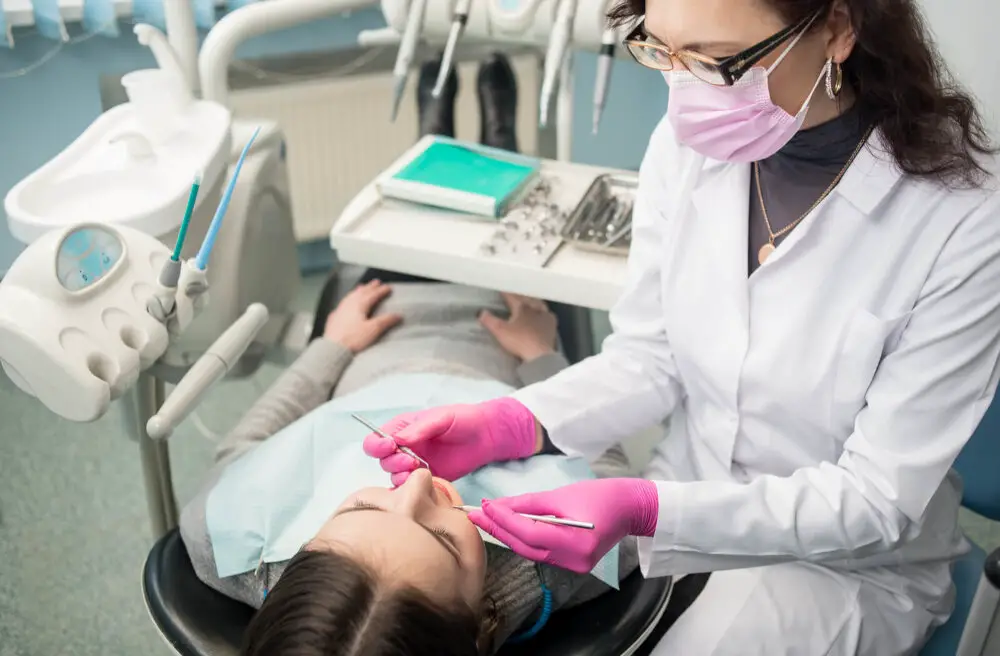
In addition to effective gum cleaning techniques, there are several other tips for maintaining oral health in toothless mouths. One important tip is to maintain a balanced and healthy diet. Eating a diet rich in vitamins and minerals can help keep the gums and teeth healthy. It is important to avoid sugary and acidic foods and drinks, which can erode the enamel on teeth and increase the risk of gum disease. Additionally, staying hydrated by drinking plenty of water can help flush out harmful bacteria and protect against dry mouth, which can also contribute to gum disease. Another tip for maintaining oral health in toothless mouths is to regularly visit the dentist. Even though there may not be any natural teeth remaining, it is still important to have regular check-ups to ensure that the gums are healthy and free from infection. The dentist can also provide advice on how to properly care for dentures or other dental devices that may be used to replace missing teeth. In addition, the dentist can perform professional cleanings to remove any plaque or tartar buildup that may be contributing to gum disease. By following these additional tips, individuals with toothless mouths can maintain optimal oral health and prevent gum disease and other oral health problems.
Regular dental checkups play a vital role in maintaining good oral hygiene and preventing dental problems. These checkups help to identify any issues before they become more severe and expensive to treat. A dentist can also provide professional cleaning to remove any buildup of plaque or tartar that may have accumulated on the teeth or gums. This cleaning can help to prevent gum disease and tooth decay. Additionally, during a dental checkup, a dentist can examine the mouth for any signs of oral cancer or other serious conditions. By attending regular dental checkups, individuals can take proactive steps towards ensuring their overall oral health and wellbeing.
In addition to gum cleaning, there are several other practices that can help maintain oral health. One of these is tongue cleaning, which involves gently brushing or scraping the tongue to remove bacteria and food debris that can lead to bad breath and other oral health issues. It’s also important to stay hydrated by drinking plenty of water throughout the day, as this helps flush out bacteria and keeps the mouth moist. Additionally, practicing good overall oral hygiene habits such as regular brushing and flossing, avoiding sugary and acidic foods, and visiting the dentist for regular checkups can all contribute to a healthy mouth. By incorporating these tips into your oral care routine, you can help keep your teeth and gums healthy and strong.
Effective gum cleaning techniques are essential for people with toothless mouths. When teeth are missing, the gums become more vulnerable to plaque buildup and bacterial infections, which can lead to gum disease and other oral health issues. Regular gum cleaning helps to remove food particles and bacteria from the mouth, protecting gum tissue and preventing bad breath. Furthermore, it improves circulation and stimulates the gums, promoting healthy tissue growth and reducing inflammation. By practicing proper gum cleaning techniques, people with toothless mouths can maintain their oral health and enjoy a healthy, beautiful smile.
Oral health is crucial for overall well-being, regardless of the teeth situation. Many people tend to overlook their oral health, especially if they are toothless. However, it is essential to remember that even without teeth, gum care is still essential. Gum disease can lead to various health problems, including heart disease, diabetes, and respiratory infections. Therefore, it is vital to prioritize oral health and adopt effective gum cleaning techniques. Regular brushing, flossing, and using mouthwash are some of the ways to keep your gums healthy. By taking care of your gums, you can maintain good oral health and prevent various health problems. So, don’t neglect your oral health, even if you are toothless.
Conclusion
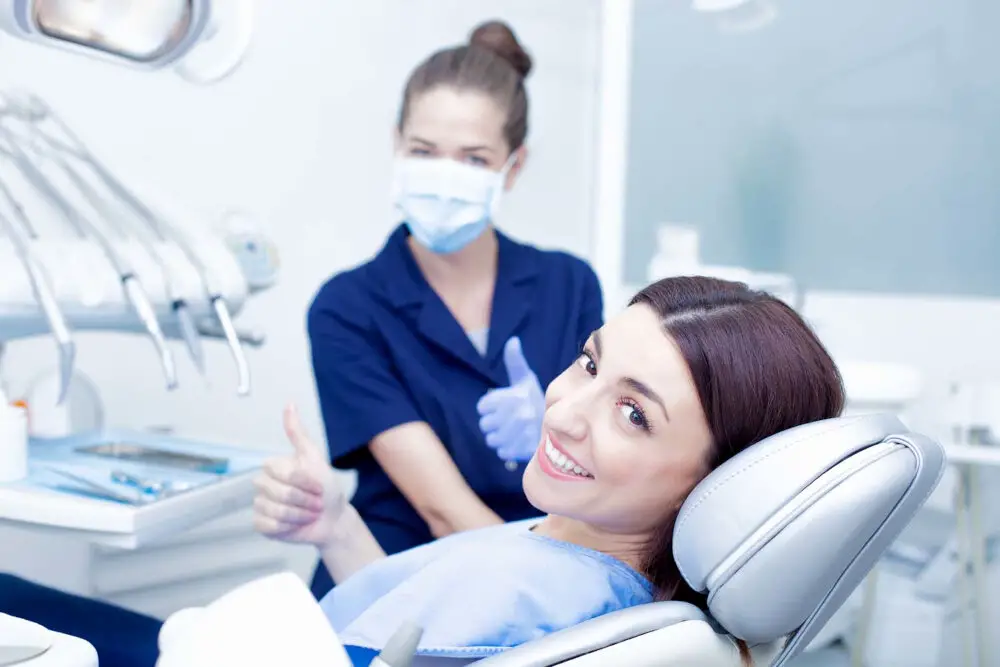
In conclusion, maintaining good oral hygiene is crucial for overall health, even for individuals with toothless mouths. Effective gum cleaning techniques such as using a soft-bristled toothbrush or specialized gum cleaning tools can help remove plaque and prevent gum disease. Regular dental check-ups and professional cleanings can also aid in keeping the gums healthy. It is essential to understand that oral health is not just about having teeth. Taking care of the gums is equally important for a healthy mouth and body. Therefore, practicing proper gum cleaning techniques should be an integral part of everyone’s daily oral care routine.
